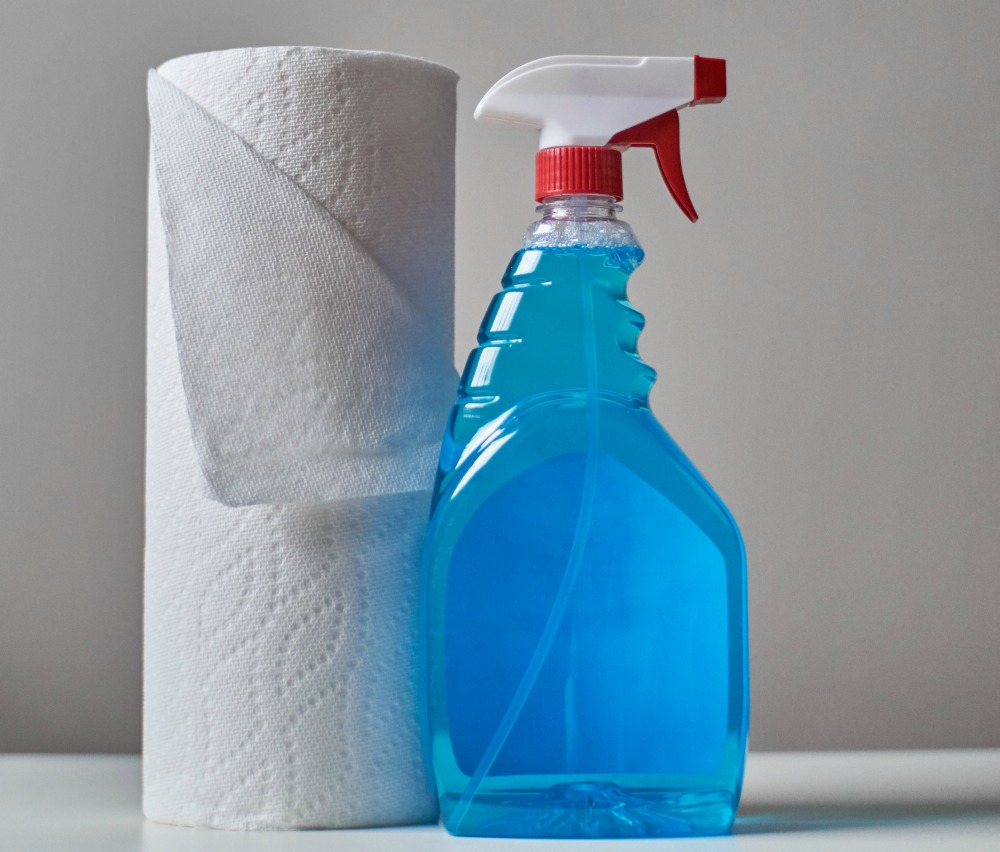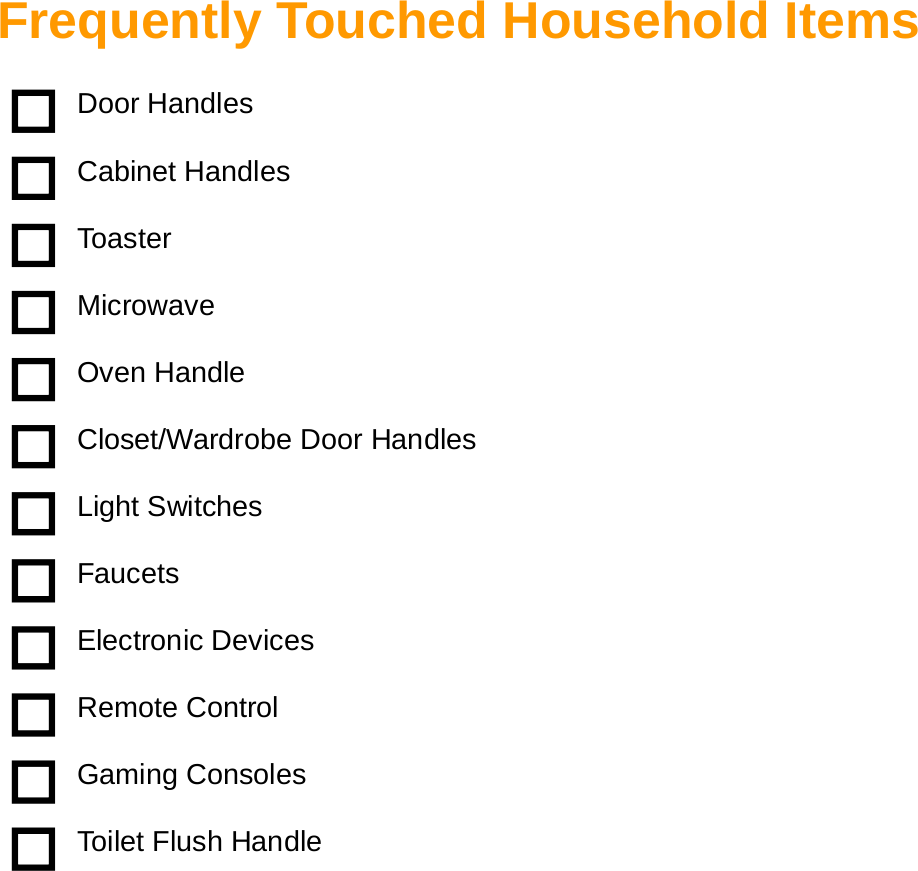- Are you new to housecleaning-tips.com: Start Here
- Claim your free copy of our Special Report: "How To Clean Your House: Advice From the Past"
What You Should Know About Cleaning and Disinfecting Your Home

I remember the days of lying to get out of going to school. Now I've pretended to be ill (in my head only) during a 14 day quaranteen as a way to protect myself and others around me.
The whole idea of pretending was/is to be extra vigilant about my actions around the home and neighbourhood.
You see, I am surrounded by elders who are high risk, and it would break my heart if anyone of them got ill because of me.
Now, during lockdown restrictions, I've remained cautious and only go out for food and exercise.
With that said, I've focused on advice of cleaning and disinfecting your home especially if someone is sick and the importance of having a consistent clean and safe environment.
So I put on my researcher hat and got deep into the world of house cleaning if someone is sick in the home.
What I've found, got me thinking about dealing with germs and bacteria entering my home via shoes, food stuff contained in packaging and frequently touched surfaces such as appliances, electronic gadgets, door handles and dishes.
Here is what I initially realized.
You know how sometimes you do things but don't know or really care about the reason why?
Well that is what sanitizing and disinfecting was for me. I remember that I never liked preparing and cooking meat because of the extra cleaning and sanitizing that had to take place.
Anyway, this is about the difference between cleaning, sanitizing and disinfecting your home and how often you should do each.
Cleaning is about getting rid of dirt and grime. It removes germs rather than kills them. While sanitizing kills most germs and disinfecting is meant to kill all germs and bacteria.
Personally I tended to see it all as cleaning. But after spending some time researching the topic and best practices, that is not longer the case.
Here are some of the key points I've come away with:
- Sanitizing and disinfecting is not cleaning.
- Sanitizing and disinfecting have a sitting time for how efficient they are. The sitting time for a disinfectant is 10 minutes because according to test, it can destroy all organisms in that time. For sanitizers the sitting time is 30 seconds in which they can destroy 99.999 percent of bacteria.
- Bleach can be considered as both a sanitizer and disinfectant depending on its concentration. According to CDC guidelines bleach solutions will be effective for disinfection up to 24 hours and you can prepare a bleach solution by mixing 5 tablespoons (1/3rd cup) bleach per gallon of water or 4 teaspoons bleach per quart of water. For sanitizing you can use a lower concentration, for example use 1 tablespoon of bleach to 1 gallon of water (or 1 teaspoon to 1 quart).
- Always clean a surface before sanitizing or disinfecting as a dirty surface will reduce their effects.
- Sanitize or Disinfect to stop the spread of germs and bacteria. This is especially important in the home when someone is sick.
- Have a checklist for all the 'High Touch' areas in your home and clean and disinfect/sanitize them regularly even if you're not going out often.
By now you know how much I like a checklist. Go on ahead and make one for the most frequently touched surfaces that you need to sanitize or disinfect regularly especially if someone is sick is your home. Here's my list below.
Here are some other things I've realized since making that checklist that I should add.
Things to disinfect:
- Trash cans/bins
- Kitchen sink and counters
- Floors
- Stove nobs
For a more specific plan on cleaning, sanitizing and disinfecting frequency, checkout this table from the National Association for the Education of Young Children (NAEYC) for more information. I've found it to be very useful. It shows you all the different areas to clean in your home, whether or not to disinfect or sanitize and how often to do it.
Subscribe to the Saturday Morning Cleanup for Weekly cleaning advice.
Home : Cleaning and Disinfecting Your Home


